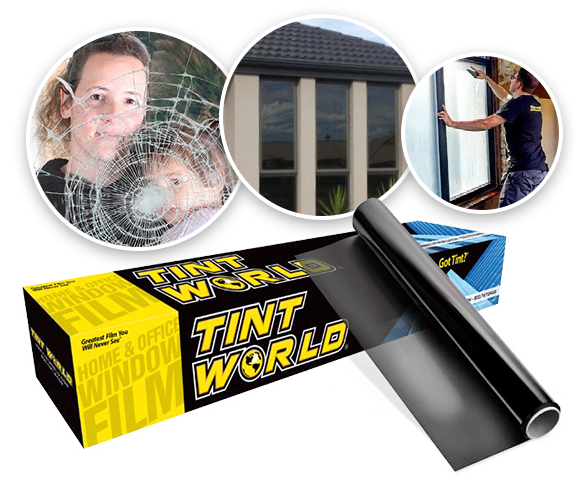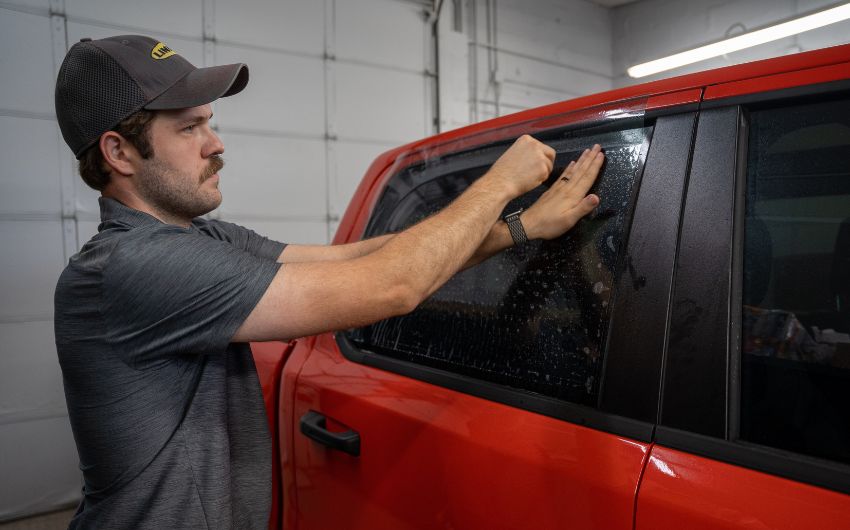Vehicle Window Tinting: Improve Convenience and Lower Glare While Driving
Wiki Article
Window Tinting Regulations and Standards: What You Required to Know Prior To Tinting Your Auto
Before continuing with home window tinting for your lorry, it is essential to familiarize on your own with the diverse regulations and standards that regulate this practice throughout different states. These guidelines determine the permissible levels of tint darkness, usually determined by visible light transmission (VLT) percentages, and include details terms for front windscreens intended at guaranteeing roadway safety and security.Overview of Window Tinting Laws
Home window tinting regulations are frequently based on variation across different jurisdictions, showing neighborhood policies and safety and security factors to consider. These laws dictate the permissible degrees of color darkness and reflectiveness on automobile windows, ensuring that drivers preserve sufficient presence while additionally safeguarding against dangerous UV rays and warmth.Most regulations classify window tinting based on the Visible Light Transmission (VLT) percent, which indicates the quantity of light that can go through the window. Generally, reduced VLT percentages indicate darker colors. Regulations commonly separate between the front, side, and back home windows, with stricter limitations applied to the front windshield to improve security for both the motorist and various other roadway individuals.
Compliance with window tinting regulations is crucial, as offenses can result in fines, required removal of the tint, and possible increases in insurance costs. It is essential for vehicle proprietors to acquaint themselves with local legislations prior to proceeding with home window tinting installations.
State-by-State Tint Laws
Understanding the particular home window tinting guidelines in each state is vital for vehicle owners looking for to follow the legislation. Each state in the U.S. has actually established its very own collection of guidelines governing window tinting, which can vary substantially. These guidelines often determine the allowable levels of color darkness, the kinds of home windows that can be tinted, and any kind of clinical exceptions that may apply.As an example, states like The golden state have strict constraints on color darkness for front windows, while others, such as New Mexico, may enable darker colors. Furthermore, certain states mandate details exposure percentages for different windows, consisting of the windshield, front side windows, and rear windows. It is crucial for vehicle owners to familiarize themselves with their state's regulations to avoid potential fines or penalties.
Additionally, some states may call for a qualification sticker label to be put on tinted home windows, suggesting compliance with state laws. Failing to follow these regulations not just takes the chance of lawful consequences however can likewise affect safety and security and visibility while driving. As a result, vehicle owners must perform complete research or seek advice from neighborhood authorities to ensure full understanding and compliance with state-by-state color regulations.
Allowed Tint Kinds and levels
Numerous vehicle owners might be surprised to discover that enabled color degrees and kinds differ commonly throughout different states. Each state has established its very own policies concerning the acceptable darkness and reflectivity of window color, usually gauged by Visible Light Transmission (VLT) portions. VLT describes the amount of light that can pass via the tinted home windows; therefore, a reduced portion shows a darker tint.
Moreover, the kinds of tint products permitted can differ, with some states restricting metal or mirror-like coatings. It is essential for lorry owners to familiarize themselves with their state's specific legislations to make sure conformity. Non-compliance can result in penalties, mandatory removal of the tint, or various other lawful effects, making it essential to comprehend these regulations before waging installment.
Medical Exemptions for Tinting
While not all states give allowances for medical exemptions regarding home window tinting, those that do identify the requirement for details individuals to enhance exposure and comfort because of medical conditions. Numerous clinical conditions, such as lupus, skin cancer, and certain eye disorders, can make people particularly sensitive to sunshine. These individuals may need darker tints to secure themselves from unsafe UV rays and glow.
It is very important to keep in mind that also with a medical exemption, there may still be restrictions on the level of color enabled. Compliance with state regulations ensures that people are both protected and within lawful limits. Those thinking about clinical exemptions must contact their regional Division of Motor Vehicles or equal authority to recognize the demands and procedures needed to look for an exception efficiently.
Penalties for Non-Compliance
Failing to comply with home window tinting regulations can result in substantial penalties, which differ by state. Police are empowered to issue citations for vehicles that do not follow the specified tinting policies. These fines usually include penalties, which can vary from moderate amounts to a number of hundred dollars, depending upon the severity of the offense and the state in concern.In some territories, duplicated offenses may lead to escalating fines or added charges, such as obligatory court important source appearances. Non-compliance might necessitate the removal of illegal tinting, often at the owner's expenditure. In extreme situations, habitual offenders might deal with suspension of their car registration up until compliance is achieved.
In addition, insurance effects may emerge from getting several citations for home window color offenses. Insurance firms may check out such infractions as an indicator of riskier behavior, potentially resulting Full Article in boosted costs or problem in protection.
To avoid these penalties, it is important for lorry proprietors to acquaint themselves with their local window tinting laws and guarantee that their lorry complies (Window Tinting). This aggressive strategy not just prevents lawful ramifications but likewise promotes roadway safety
Final Thought

Most regulations identify home window tinting based on the Visible Light Transmission (VLT) percentage, which shows the amount of light that can pass via the home window. Compliance with home window tinting guidelines is important, as offenses can result in penalties, required removal of the tint, and prospective rises in insurance costs.Recognizing the particular home window tinting laws in each state is crucial for vehicle proprietors seeking to conform with the regulation. These regulations frequently determine the allowed levels of color darkness, the kinds of windows that can be tinted, and any medical exceptions that might use.
For instance, states like California have rigorous constraints on color darkness for front windows, while others, such as New Mexico, may permit darker colors.
Report this wiki page